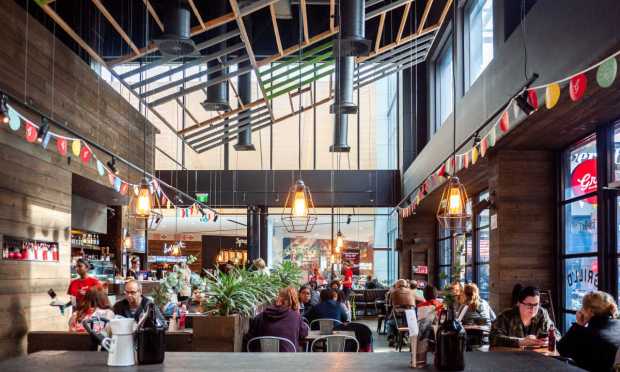Falling Restaurant Traffic Prompts Renewed Focus on Personalized Rewards

Major restaurants are personalizing their loyalty rewards in an effort to combat falling traffic.
On recent earnings calls, company executives across popular quick-service restaurant (QSR), full-service restaurant (FSR) and fast-casual chains have been speaking to their challenges with traffic amid inflation, with consumers trading down to food at home.
Fast-casual giant Chipotle Mexican Grill, which has nearly 3,200 locations across five countries, shared on its fourth-quarter earnings call Tuesday (Feb. 7) that transactions were down around 4%.
Brinker International, parent company of Chili’s Grill & Bar and Maggiano’s Little Italy, shared on a call last week discussing the company’s second-quarter FY 2023 financial results that traffic was down 6% year over year at Chili’s.
On its earnings call last week, QSR giant McDonald’s noted that QSR traffic on the whole has been “shrinking.”
Consequently, restaurants have been leaning on increasingly targeted rewards programs to help maintain sales levels through the current inflationary environment. Kevin Hochman, CEO of Brinker spoke to the value of loyalty programs right now.
“[One] thing that we have that we didn’t have in the recession back in 2008 [that] several others have too [is] we have 12 million loyalty members, and we have a direct way to talk to them, and so we can target value a little bit sharper than we could back then,” Hochman said.
Chipotle said its rewards program has been similarly powerful.
“In 2022, we increased our rewards members by 20% to 31.6 million,” Chipotle CEO Brian Niccol said on a call. “Our program continues to get more sophisticated as we better understand who our members are and serve them with relevant content, targeted offers and gamified badging to help drive transactions.”
He noted that, over the course of last year, 60% of offers were personalized, and the company aims to increase that share in the future in an effort both to increase the frequency of existing customers and to bring new diners into the digital fold.
Additionally, McDonald’s spoke to the power of its rewards program in maintaining customer engagement.
“Through our loyalty program, which we’ve expanded over 50 markets and counting, customers are feeling more connected to McDonald’s, which in turn increases visits and frequency,” CEO Chris Kempczinski said.
Indeed, loyalty programs can be an effective way for restaurants to reach their digital customers and to keep them engaged via first-party channels. Research from the October edition of PYMNTS’ Restaurant Digital Divide report, “The 2022 Restaurant Digital Divide: Restaurant Apps And Websites In The Spotlight,” which draws from a census-balanced survey of nearly 2,000 U.S. consumers, finds that 72% percent of those who prefer to use eateries’ direct ordering channels had used loyalty programs in the prior 30 days, a greater share than said the same for third-party or in-restaurant customers.
Granted, the majority of consumers have not yet gotten onboard. Data from PYMNTS’ study “The Digital Divide: Regional Variations in U.S. Food Ordering Trends and Digital Adoption,” which drew from a survey of more than 2,500 U.S. adults who regularly purchase food from restaurants, 30% of restaurant customers reported having used a loyalty program in the prior 30 days.
The same study found that appealing, relevant financial incentives are key to driving loyalty adoption. Fifty-eight percent of loyalty program members cited customized coupons or discounts as a reason for using these programs at QSRs. Plus, 55% said the same of FSRs.
